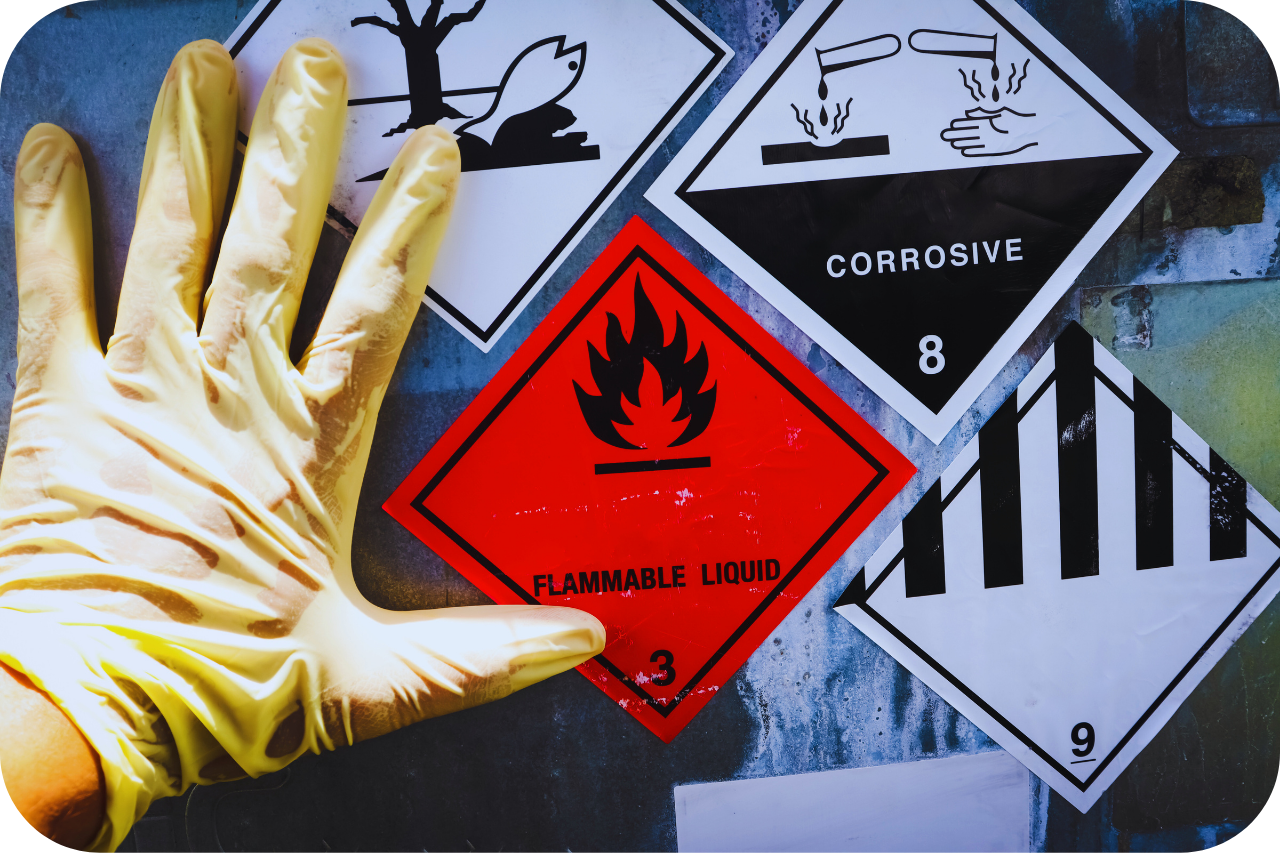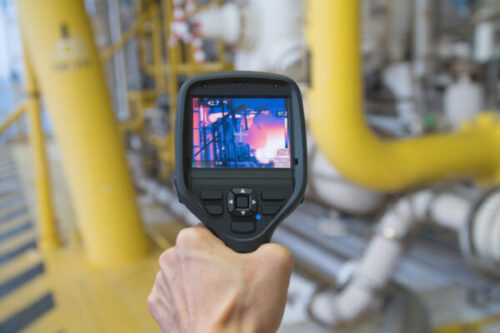Roar Solutions Fundamentals Explained
Roar Solutions Fundamentals Explained
Blog Article
The Definitive Guide for Roar Solutions
Table of ContentsWhat Does Roar Solutions Mean?What Does Roar Solutions Do?The 5-Minute Rule for Roar Solutions
In order to shield setups from a potential surge a technique of evaluating and categorizing a potentially unsafe location is needed. The purpose of this is to make certain the proper option and setup of tools to eventually prevent a surge and to make sure safety of life.
(https://leetcode.com/u/roarsolutions/)
No tools should be set up where the surface area temperature level of the tools is higher than the ignition temperature of the given hazard. Below are some common dirt harmful and their minimal ignition temperature level. Coal Dirt 380C 225C Polythene 420C (thaws) Methyl Cellulose 420C 320C Starch 460C 435C Flour 490C 340C Sugar 490C 460C Grain Dust 510C 300C Phenolic Resin 530C > 450C Aluminium 590C > 450C PVC 700C > 450C Soot 810C 570C The probability of the danger existing in a focus high adequate to create an ignition will certainly differ from location to location.
In order to classify this danger an installation is split right into locations of threat depending upon the amount of time the dangerous is present. These locations are referred to as Areas. For gases and vapours and dusts and fibers there are 3 zones. Area 0 Area 20 An unsafe atmosphere is very most likely to be existing and may exist for lengthy periods of time (> 1000 hours per year) or also continually Zone 1 Zone 21 A hazardous ambience is feasible but unlikely to be existing for extended periods of time (> 10 450 C [842 F] A category of T6 implies the minimal ignition temperature level is > 85 C [185 F] Unsafe location electrical tools perhaps made for usage in higher ambient temperatures. This would showed on the score plate e.g. EExe II C T3 Ta + 60C( This means at 60C ambient T3 will certainly not be surpassed) T1 T1, T2, T3, T4, T5, T6 T2 T2, T3, T4, T5, T6 T3 T3, T4, T5, T6 T4 T4, T5, T6 T5 T5, T6 T6 T6 A T Class score of T1 indicates the maximum surface area temperature level produced by the tool at 40 C is 450 C. Thinking the linked T Class and Temperature ranking for the devices are ideal for the location, you can constantly make use of an instrument with an extra rigid Department rating than needed for the area. There isn't a clear solution to this question. It really does depend upon the kind of tools and what fixings need to be brought out. Equipment with certain test procedures that can not be executed in the field in order to achieve/maintain third event ranking. Need to return to the manufacturing facility if it is before the tools's solution. Area Repair By Authorised Personnel: Complex testing might not be called for however details procedures may need to be followed in order for the tools to maintain its third event ranking. Authorised workers must be utilized to do the job properly Fixing should be a like for like substitute. New part should be taken into consideration as a direct substitute calling for no special screening of the equipment after the repair service is full. Each tool with an unsafe rating ought to be assessed separately. These are detailed at a high useful content degree listed below, however, for more comprehensive details, please refer straight to the standards.
Some Of Roar Solutions
The devices register is a detailed database of equipment documents that includes a minimum set of areas to recognize each item's location, technical criteria, Ex lover classification, age, and ecological data. The proportion of Thorough to Close evaluations will certainly be determined by the Tools Danger, which is assessed based on ignition threat (the likelihood of a source of ignition versus the likelihood of a flammable ambience )and the harmful area category
( Zone 0, 1, or 2). Applying a durable Risk-Based Evaluation( RBI )approach is crucial for making certain conformity and safety and security in handling Electrical Devices in Hazardous Areas( EEHA).
The Ultimate Guide To Roar Solutions

In terms of eruptive threat, a hazardous area is a setting in which an eruptive environment exists (or may be expected to be existing) in amounts that call for special precautions for the construction, installment and use of equipment. Roar Solutions. In this write-up we discover the challenges dealt with in the work environment, the risk control actions, and the required expertises to work securely
These compounds can, in certain problems, form explosive environments and these can have significant and heartbreaking effects. Many of us are familiar with the fire triangle get rid of any one of the 3 components and the fire can not take place, yet what does this mean in the context of unsafe locations?
In most instances, we can do little about the levels of oxygen airborne, yet we can have substantial influence on resources of ignition, for instance electric devices. Harmful locations are documented on the dangerous area classification illustration and are recognized on-site by the triangular "EX-SPOUSE" indicator. Here, amongst other key information, areas are divided into three kinds relying on the hazard, the chance and period that an eruptive environment will certainly exist; Area 0 or 20 is considered the most hazardous and Area 2 or 22 is considered the least.
Report this page